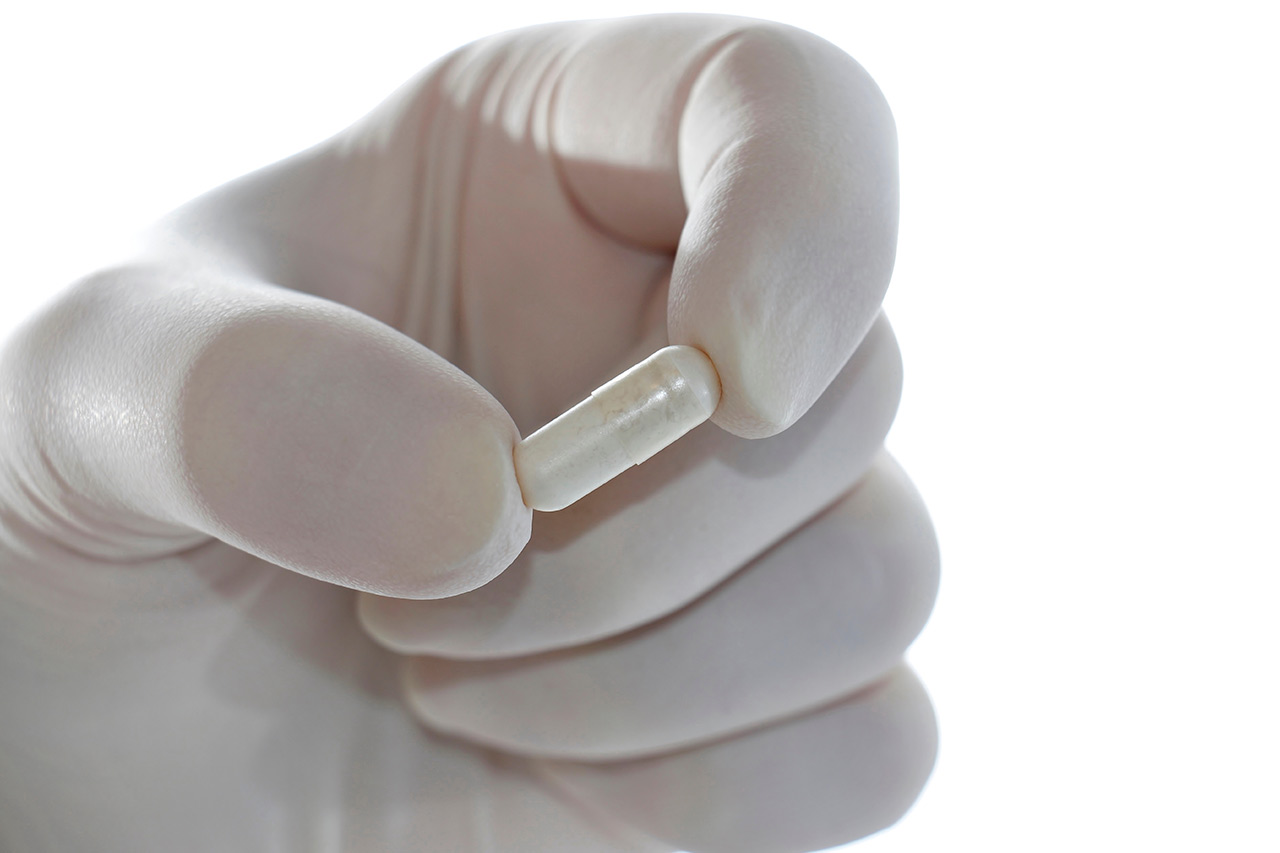The first drug for NASH: news which is more interesting than it seems!

In March 2020, Zydus Cadila became the first pharmaceutical company to obtain a marketing authorization for Saroglitazar, a drug indicated for non-alcoholic steatosis of the liver (NASH), after getting the green light in India from the Drug Controller General of India (DCGI). Alcimed has analyzed the 3 key lessons to learn from this news, which in fact is even more interesting than it seems, especially in terms of the Indian pharmaceutical industry development and in terms of the development of personalized treatment.
Saroglitazar: the first drug indicated for NASH
The non-alcoholic hepatic steatosis of the liver (NASH), is defined as the hepatic manifestation of metabolic dysfunction observed in individuals with a high-calorie diet and a sedentary lifestyle. Due to the initial silent or non-specific symptoms, the diagnosis of this disease is extremely late or even non-existent. Its risk factors are hypertension, cardiovascular diseases, type 2 diabetes, obesity, etc.
In 2019, more than 600 million people worldwide suffered from NASH and this number continues to grow. To date, despite a very long waiting list and a considerable risk of surgical complications, liver transplantation remains one of the only reliable treatments for NASH. In this context, many pharmaceutical companies have initiated clinical development programs to address this unmet medical need. There are more than 400 clinical trials in progress and 5 compounds in phase 3. Among these 5 molecules, Saroglitazar is the first product in the world to get an indication in the treatment of NASH in 2020.
A drug for NASH developed in India, by an Indian company, for the Indian market
In the years 2012-2013, when India’s growth rate was at its lowest, the “Make in India” initiative was launched. Its objective was to stimulate investment and foster innovation in 25 sectors including biotechnology, chemicals, and healthcare. The idea was to make India a leading country in the pharmaceutical industry, from production to innovation. The investments were meant to help develop and strengthen the industry which was key in the production of generic and biosimilar drugs. As the corresponding markets are highly competitive and regulated, the country is now turning its attention to the R&D of new molecules.
The approval of Saroglitazar for diabetes in 2013 followed by the new indication in NASH in 2020 can be considered a success story of this “Make in India” model. It illustrates, more broadly, a trend of rapid-growth countries to take control of their healthcare industries. It is ultimately a treatment developed in India, by an Indian company and for Indian patients (for the time being).
A personalized treatment, based on a localized R&D approach
Even if this aspect is hardly ever mentioned in the articles announcing this approval, it is important to remember that Saroglitazar is also a treatment particularly adapted to the Indian population.
Based on their phenotype, diabetic patients in Asia can be broadly divided into two sub-populations, which differ notably in terms of the predominant biological causes of their diabetes being either insulin resistance or dysfunction of Beta cells. The predominance of insulin resistance as the cause of diabetes in the Indian population induces a better response to certain classes of drugs… including glitazars. Thus, in June 2013, Saroglitazar was approved in India for the treatment of hyperglyceridemia and diabetic dyslipidemia in Indian patients with type 2 diabetes non-respondents to statins (the drug improves plasma lipid profile and insulin sensitivity). 50,000 patients were using the treatment one year after its introduction on the Indian market. The recent news of the approval of this product in the NASH is a new milestone in terms of the development of drugs adapted to the specificities of a given population.
This news also evokes the question of the value of localized R&D models, aimed at better responding to the specificities of local populations. This type of model is boosted today in healthcare by the strategies of countries wishing to develop their local industries and innovation, by a better understanding of diseases, and by better access to health data. Of note, this approach has long been one of the reference models for companies in the cosmetics sector. This is notably the case for L’Oréal, which is locating its R&D capacities in geographical hubs, thus contributing to a better knowledge of sub-populations and to the implementation of more personalized solutions.
Clearly, this announcement is good news for NASH patients, as faster and more personalized management of their condition is now possible. This also provides an opportunity to better understand the trends in the development of the pharmaceutical industry in key countries, such as India, and the possible evolution of R&D models towards more localized development strategies, which are complementary to traditional approaches.
About the authors
Mathilde, Consultant in the Alcimed Healthcare team in France
Luc, Partner and Business Unit Director in the Alcimed Healthcare team in France
Do you have an exploration project?
Our explorers are ready to discuss it with you